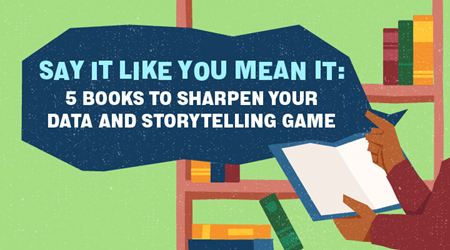Making Human Connections In Virtual Citizen Engagements

Most of the organising team members for the CWSCJ had zero or little experience in online facilitation and had to learn on the job.
In multi-session virtual citizen engagements, with fewer visual cues to rely on, the need to make human connections actually increases – as it’s harder to feel the “energy in the room”.
Managing the Energy of a Group
The organising team asked all participants to switch on their videos, but even then, it was difficult to gauge participants’ reactions to presentations or feel the energy in the virtual room.
For the CWSCJ, the organisers made the sessions interactive by encouraging participants to use the chat, and kept presentations or interviews with experts to a maximum of 20 minutes. The organisers also put together a customised playlist with upbeat music, to lighten up the mood during the sessions.
The organising team and facilitators also maintained the group’s momentum over Telegram and Facebook.
Building Ownership, One Step at a Time
A post-session ritual had participants sharing their small group reflections in a closed Facebook group. This activity was simple enough that participants took turns to post their reflections.
In doing so, participants practised taking responsibility to consolidate their groups’ comments and respond to comments from other participants, which reinforced their ownership of the process and output.

Back-end Support is Essential
For Zoom sessions, members of the organising team were on standby to offer technical support to participants, contact participants who did not turn up for the sessions, and allocate participants into breakout groups for discussion.
In physical sessions, small group discussions could usually be managed by just one facilitator. On a virtual platform, having an assistant facilitator to help manage the conversations and type out instructions into the chat – even for small breakout discussion groups of six to eight people – improved the session flow.
Working with Facilitators
Besides familiarising participants with the technology for virtual engagements, the organising team had to work closely with the facilitators who were guiding discussions in the Zoom breakout rooms.
For example, the organisers had to ensure that facilitators were clear about the session objectives and sensitised to participants’ needs and challenges.
To help participants forge connections with one another in a virtual setting, the organising team allocated participants into fixed groups. The team designed more breakout discussions in its engagement to facilitate in-depth discussion in a more private setting.
The organising team also established a feedback loop with facilitators to respond quickly to any issues that arose before, during and after each session.
Over time, the facilitators who supported these groups in their discussions and project work also became trusted parties who served as conduits between the organising team and participants.

Want more of these useful tips while on the go? Follow the Challenge Telegram channel.
- POSTED ON
Dec 1, 2020









